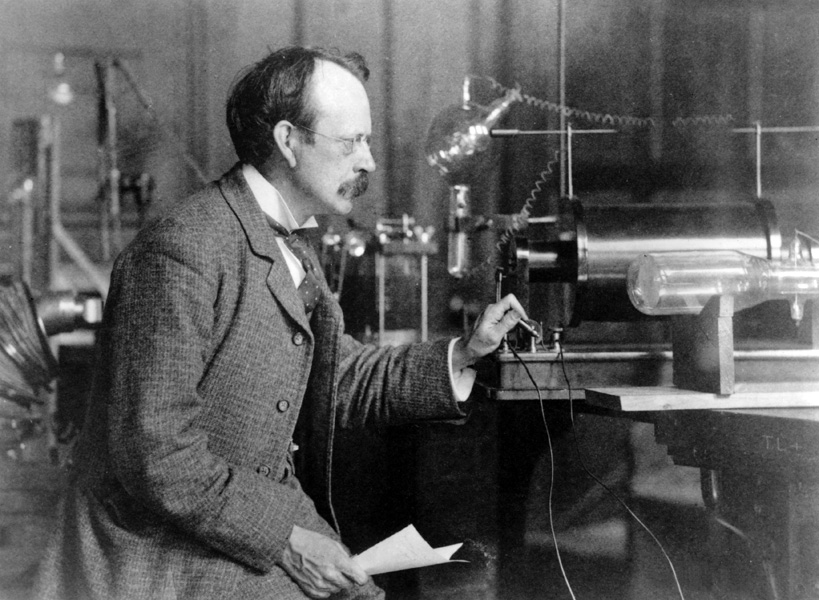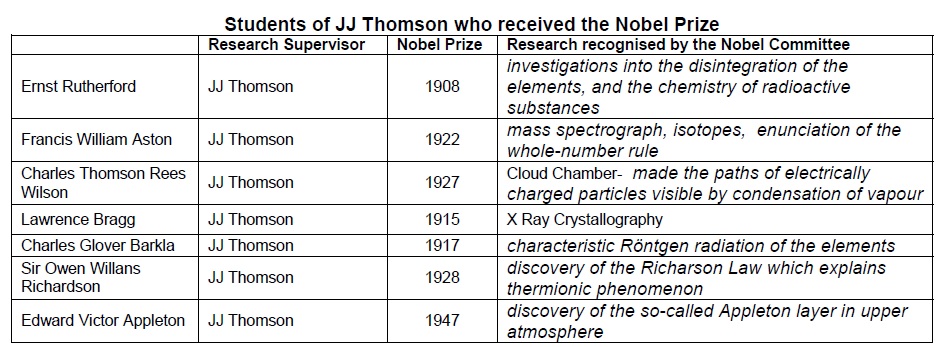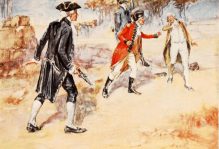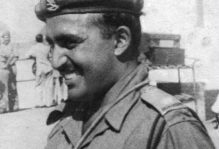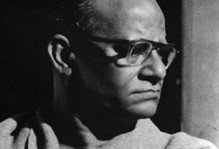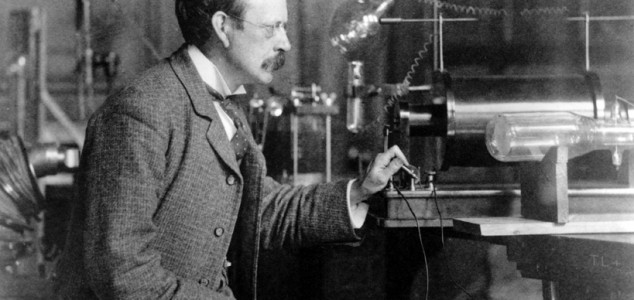
Extraordinary Professor: JJ Thomson and his Nobel Prize Factory
Editor’s Note: Between 1884 and 1919 an earnest looking Professor along with a bunch of talented research students in a rather underfunded Cavendish laboratory in Cambridge split the atom and started a new branch of science known as particle Physics. The Professor was JJ Thomson, the discoverer or electron for which he got the Nobel Prize in 1906. What followed subsequently was not anticipated, seven of JJ’s research students went on to win the Nobel Prize in Physics and Chemistry, a feat unrivalled by any other Professor. One would wonder what was happening at the Cavendish Laboratory under JJ that would secure such a roll of honour. Was it just a quirk of fate that some of the best minds in Physics congregated at Cavendish during the time or was it JJ’s ability to make intelligent men do brilliant work. Read this incredible (but lesser known story) of JJ Thomson, on how a single man could change scientific history not just through individual brilliance , but through careful nurture of extraordinary minds.
In 1884, Lord Rayleigh (Nobel Laureate 1904) , retired as Cavendish Professor of Physics,Cambridge University—one of the most prestigious chairs of science in the English speaking world. In his retirement note he recommended that a young man of 28 years, named JJ Thomson, be considered as his replacement for the coveted Cavendish Chair.
This was unprecedented. There were a number of well qualified and famous scholars who aspired for the position. Though a brilliant student with number of publications to his credited and an Assistant Professorship at Trinity, JJ Thomson’s (will refer as JJ) credentials as an experimental physicist had yet to be established. Some detractors considered JJ to be too young to take up the mantle.
The selection committee, consisting of Lord Kelvin, George Gabriel Stokes, and George Howard Darwin, amongst the best scientific brains of their times had a difficult choice to make. They followed concurred with Lord Rayleigh’s recommendation and chose JJ as Rayleigh’s replacement and director of the world-famous Cavendish Laboratory at Cambridge. Here was this Professor and head of the Mecca of Physics almost of the same age as his research students.
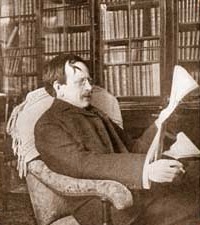
J.J. Thomson at home in his study in 1899. He is sitting in a chair that had belonged to James Clerk Maxwell, whose theory of electromagnetism is still regarded as one of physics’ most remarkable achievements. Photo Courtesy/American Institute of Physics
JJ justified his selection when in a series of brilliantly designed experiments with the cathode ray tube (in 1897) gave evidence of the existence of the existence electrons. This shattered the myth that an atom is not divisible. JJ had changed physics forever and started a new branch now known as sub atomic physics. He was awarded the Nobel Prize in 1906 for the discovery of the electron.
A scholarship holder throughout his student career, JJ certainly showed promise quite early. At Cambridge he enrolled for Mathematics Tripos and was ranked second. His first scientific paper was published when he was only 19 in the Proceedings of the Royal Society. Born in Manchester in the family of book sellers, JJ‘s family could barely afford his University education which was funded entirely on fellowships. JJ held the famous chemist Dalton and the physicist Henri Joule, both from Manchester, as his role models. JJ was a shy boy but knew exactly what he wanted to do. Then very young he was once asked by a relative what would he want to do when he grew up and JJ replied he wanted to do “original research”. Not many boys in 1870s and not many boys now would articulate such an ambition at an early age.
By the age of 50, JJ achieved everything a physicist would aspire for – Directorship of the world’s best Physics laboratory, global acknowledgement for his work, a fundamental discovery to his name and the physics Nobel Prize. He could have retired and gone fishing and the world would have still remembered him as one of the finest physicist ever.
But there is one achievement which JJ pursued and not much is which is talked about it. This pursuit essentially defines his personality and his commitment towards his subject. He was an outstanding teacher, world has probably not seen many of the likes of him. A number of outstanding physicists received their early training, with Thomson - 75 of his students held professorship in around 55 universities globally, 27 were elected fellows of the royal society and 7 of his students were Nobel Laureates- an accomplishment that has not been repeated by any single Professor.
JJ always acknowledged that he was fortunate to have very gifted teachers who recognised and honed young JJ’s skills in mathematics and physics. This approach JJ as a teacher would repeat for his students with telling effect. Thomson would daily check the progress of the young researchers in Cavendish and often make suggestions for improvement. JJ was of course a brilliant man which combined with his humanness and patience was a combination hard to beat, He attracted the best students from all over the world. One of his former student Prof John Zeeman summed it up well “We all love his characteristic smile, and every one of us felt a certain pleasure within ourselves on hearing a footstep that every Cavendish man recognises as solely J.J’s” His Nobel Laureate students include Rutherford, Aston, Wilson, Bragg, Barkla, Richardson, and Appleton - a group who amongst themselves laid the most important bricks of particle physics. Interestingly JJ’s son George Thomson also went on to win a Nobel Prize in Physics. However George’s thesis supervisor was Prof John Strutt and not his father.
It is probable that there has never been such a successful and sustained record of new scientific discovery in one laboratory as that which happened under JJ’s leadership at the Cavendish laboratory from 1884- 1919. It lays claim to be the first real school of physics in modern sense and in his time it was generally regarded as the leading experimental laboratory of physics in the scientific world.
The most famous of JJ’s student is Ernst Rutherford credited with the discovery of the structure of atom and for suggesting the existence of Neutron amongst others. Winner of the 1908 Nobel in Chemistry, Rutherford was born in New Zealand. Rutherford had a burning desire to work under JJ and in college in New Zealand had read everything that JJ had published. As luck would have it, under JJ’s initiative in 1885 Cambridge relaxed its rules and allowed promising students without a basic Cambridge degree to do research at Cavendish. Rutherford was amongst the first batch of overseas researchers who in 1895 were allowed to work at Cavendish. In initial days this group faced extreme hostility from the conservative sections at the Cavendish. It was however JJ’s encouragement that kept Rutherford focused. JJ directed the young student to research X Rays. Rutherford immediately distinguished himself and went on to win the 1908 Nobel Prize in Chemistry. In 1919 Rutherford succeeded his teacher JJ Thomson to the Chair of the Cavendish Professor – an honour indeed. Incidentally both the teacher-student duo are buried at Westminister Abbey, adjacent to the tomb of Issac Newton, another Cambridge genius.
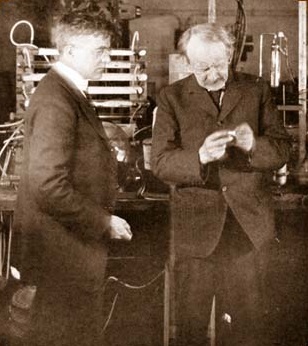
An outstanding teacher, JJ Thomson (right) seen advising a student. Note the body language- concentration and zeal . Photo Courtesy : American Institute of Physics
JJ was always on the lookout for talent and would personally persuade promising students to join Cavendish. One such brilliant researcher was Francis William Aston who on invite of JJ left University of Birmingham for Cavendish to work under JJ Thomson on Anode Rays. Together Thomson and Asoton developed the Mass Spectrometer, a standard research equipment in Physics. Midway Thompson turned on the entire work of the collaboration to Aston which the student deligently pursued which lead to the discovery for the first isotopes of stable element. Aston was awarded the Nobel Prize in 1922.
Charles Thomson Wilson another of JJ Thomson’s student when standing on the summit of Ben Nevis (highest mountain in Scotland) was enamoured by the clouds he saw hanging and was immediately ceased of the idea of making clouds in the laboratory. Wilson’s thesis advisor JJ Thomson would allow even the most bizarre idea, if the student showed requisite enthusiasm allowed the research. The investigations lead ultimately to the development of the cloud chamber, an extraordinary equipment, which allowed tracking of each individual sub atomic particles on a photographic plate. Cloud chamber made possible some of the biggest discoveries in particle physics including discovery of Positrons (+tively charged electrons). Wilson picked up the 1927 Nobel Prize.
On November 11, 1912, a paper composed by a 22-year-old graduate student and read by his research supervisor to the Cambridge Philosophical Society turned out to be one of the most influential ever published by that august society in its 193-year history. The student in question was the Australian-born William Lawrence Bragg; his supervisor who read the paper was J.J. Thomson. The paper discussed the new technique of X-ray crystallographic analysis and three years later in 1915 earned for the author, then just 25, the Nobel prize in Physics- the youngest recipient ever to receive the physics prize.
Charles Glover Barkla the receipient of the 1917 Physics Nobel prize for research in X- rays was at complete awe of his thesis supervisor JJ Thomson. Barkla commented of his student days ‘I felt that the papers that I wrote were for him to read: the appreciation from others was of quite secondary importance. His(JJ) interest and his publications on and around the subject were then my greatest inspiration’. It is this respect that JJ could command from his students inspired them to make some of mankind’s greatest breakthroughs in science.
The Richarson Formula which every physicist working on thermionic effects swears by was propounded by Owen Williams Richarson a student of JJ, For this Richarson got the Nobel Prize in 1928. JJ’s other student to get the Nobel was Edward Appelton who worked on radio waves and discovered an unknown region in the ionosphere.
Sir Issac Newton from the same Alma Mata, Cambridge University,as JJ Thomson and his students once said- “If I have seen further than others , it is by standing on the shoulders of giants.” Same would hold for JJ’s students, for JJ was a scientific giant of his time albeit gentle and humane and helped his students discover the big idea behind the small particles.


